To redeem your Creative Club points, please contact customer service or visit a store.
Your cart is empty.
Oops! You have nothing here
To redeem your Creative Club points, please contact customer service or visit a store.
Your cart is empty.
Oops! You have nothing here
Oil painting has a long history in the art world. It offers a wide choice of colours ranging from rich and velvety dark tones to vivid and brilliant hues. It allows us to create a whole range of different effects, from translucent layers (glazes) to thick, creamy impasto. It also lends itself well to an infinite number of techniques, whether it be bold touches or fine details.
Oil paint is made of ground powder pigments mixed in oil to produce a smooth and homogeneous paste. The more finely ground the pigments, the easier the paste is to work with and the better its coverage. Pigments' particle size influences paint quality and is one of the elements that differentiates fine and extra fine paints.
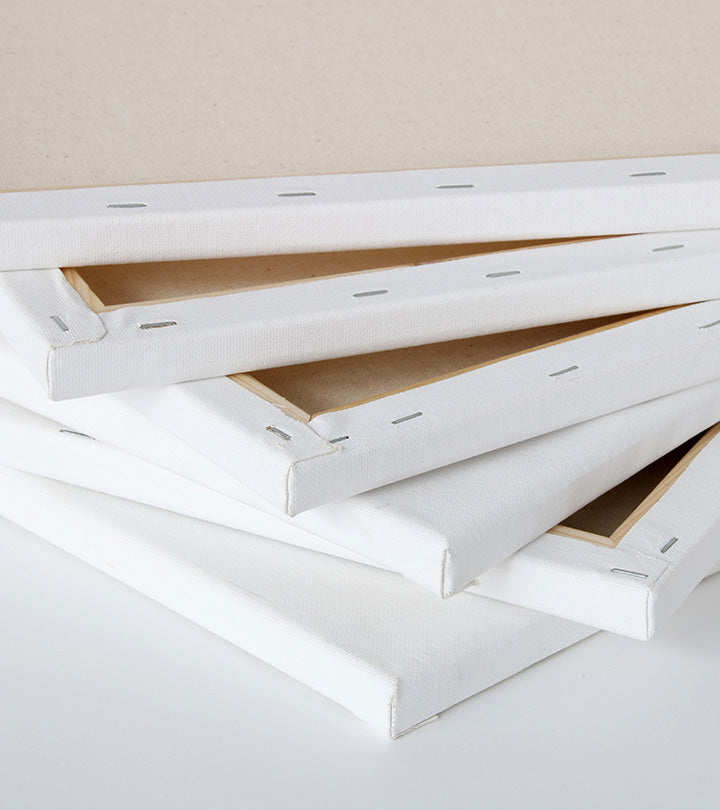
A sufficiently thick cotton canvas stretched over a stable wooden frame and coated with an acrylic-based gesso will meet the needs of most artists. A canvas board (canvas glued to thick cardboard) is an interesting and economical alternative to a canvas mounted on a frame. However, it is sensitive to humidity and may warp over time.
Cotton, linen or synthetic fiber canvases are all good choices for oil painting, as are wood panels that provide a stiff, solid backing for heavy impasto.
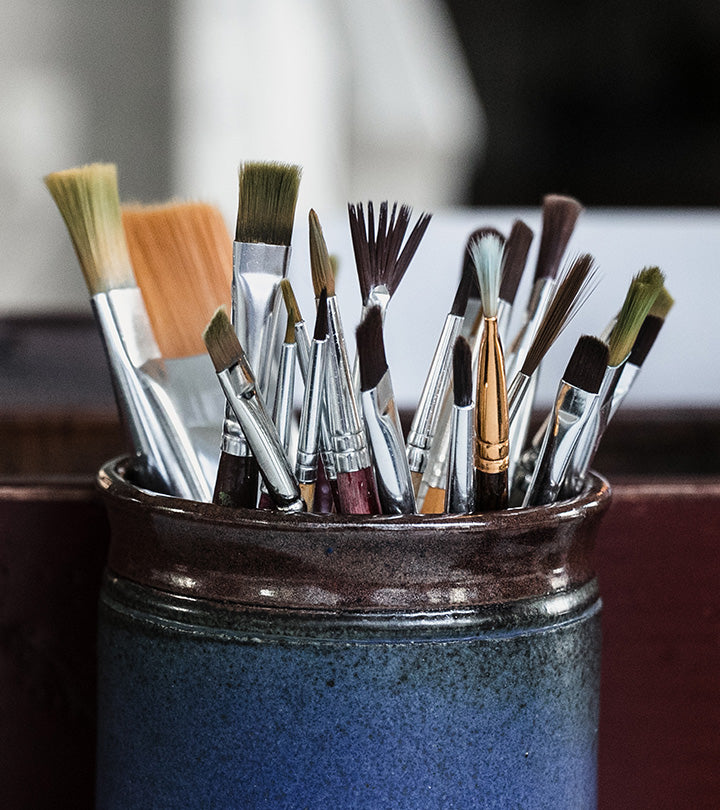
The choice of brush shape depends on the artist's preference. Hog hair bristles are a good choice for oil painting as their strength is well suited to working with thick paint. They allow you to create texture effects while still leaving a mark in the paint.
Thinner and more flexible, fade-resistant synthetic bristles or natural bristles (such as sable hair) can also be used for details and to create a smooth effect when the oil paint is thinned.
Painting knives come in a wide range of shapes, styles and sizes. They can be used to create unique textures and effects. They are great for mixing oil paints and creating your own colours.
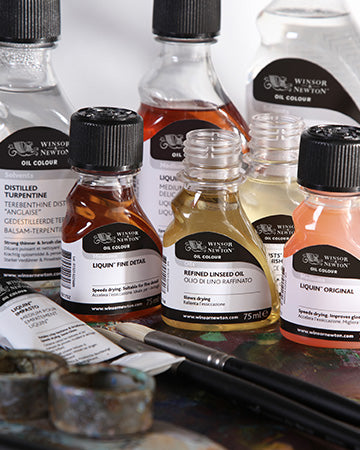
Mediums and additives for oil paint alter the paint's consistency to make it leaner or fatter, more fluid or thicker. They also modify the finish and drying time.
They are typically made from oils, solvents and resins. Quick-drying formulas include a small amount of siccatives which serve to speed up drying time.
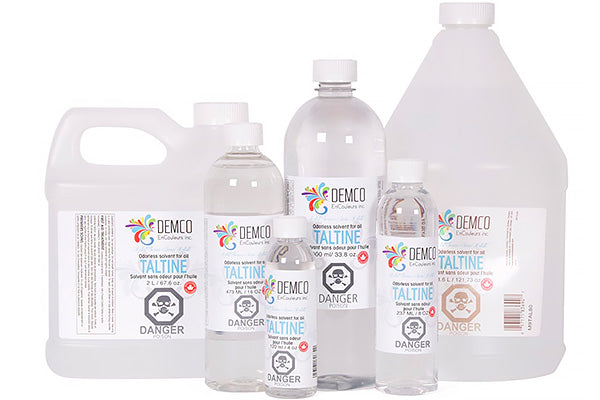
Oil painting requires the use of solvents for two main purposes. Solvents added to the oil paint make it more fluid by diluting the oil. Solvents can also be used to clean brushes and paint accessories.
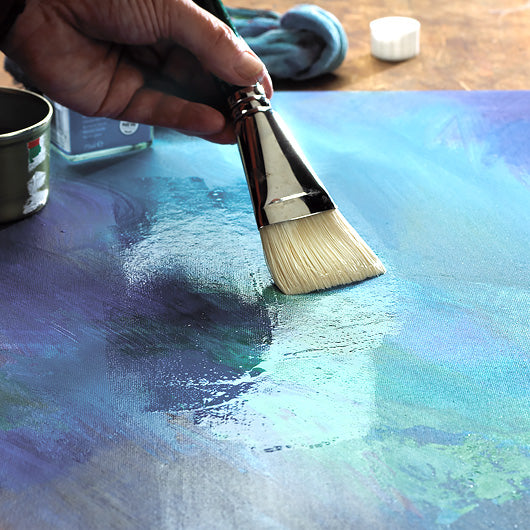
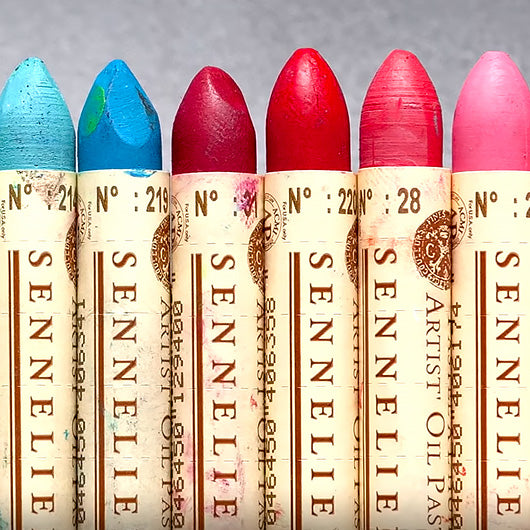
Enter postal code for
delivery
Please enter a postal code in the format of A1A 1A1.